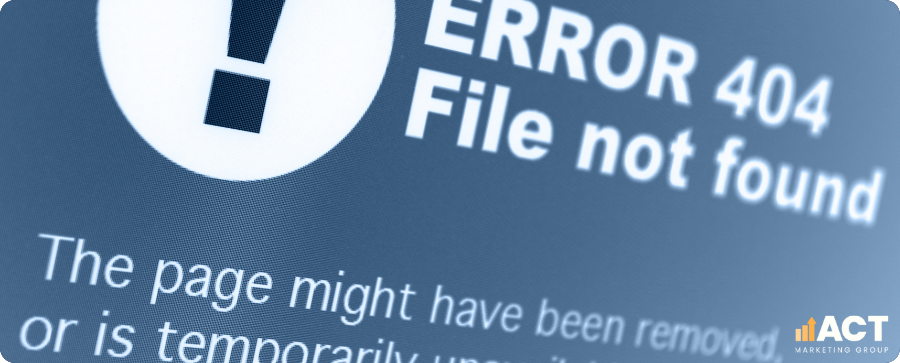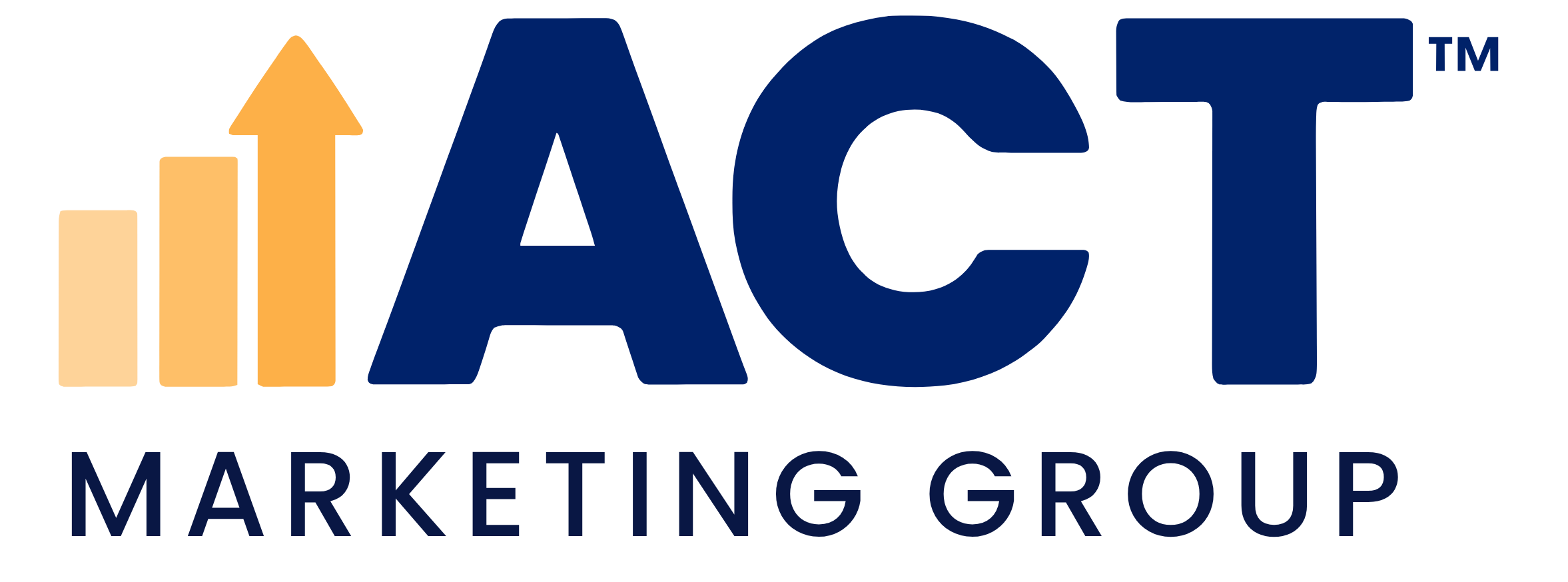Many Australian businesses invest in their website’s content and design, only to find that their search traffic doesn’t grow as expected. The reason often lies in overlooked technical SEO issues. These problems can quietly affect your rankings, confuse search engines, and lead to a poor experience for users. Addressing these challenges early is essential for a healthy, high-performing website.
In this article, we’ll explore the most common technical SEO challenges faced by websites today. We’ll explain why these issues matter, how they affect your site’s visibility, and provide practical steps to solve them. By understanding and resolving these problems, you’ll help search engines efficiently crawl your site and give your visitors a smoother experience.
Why Technical SEO Problems Hurt Your Website
Technical SEO is important because it ensures that search engines can access, understand, and trust every web page on your site. If your website’s technical aspects aren’t in order, even the best content may not appear in search results. Issues like slow site speed, broken links, and duplicate content can make it harder for search engines to index your pages and for users to find what they need.
A strong technical SEO strategy supports your broader SEO goals. It helps you avoid problems that can block search engines, harm your rankings, and reduce your site’s search traffic. By focusing on technical optimization, you’re building a foundation for long-term success.
Get a Customized Marketing Strategy for Your Business
Schedule a free consultation to discuss how our digital marketing solutions can help you reach more customers.
The Most Common Technical SEO Issues
Many websites face similar technical SEO challenges. Knowing what to look for is the first step to fixing them and improving your site’s technical SEO health.
Slow Site Speed and Core Web Vitals
Site speed is a key ranking factor and affects how both users and search engines view your site. Slow loading times can frustrate visitors and cause search engines to crawl fewer pages on your site. Google’s Core Web Vitals measure how quickly your content loads, how responsive your site is, and how stable it appears as it loads. Addressing page speed issues—like large images or slow server response—leads to an improved user experience and better rankings.
Broken Links and Internal Linking Problems
Broken links, whether internal or external, can disrupt the user journey and waste crawl budget. Broken internal links pointing to important pages can leave those pages orphaned, making them harder for search engines to find. Regularly checking for broken links and maintaining a strong internal linking structure helps search engines crawl your entire site efficiently.
Duplicate Content and Multiple Versions
Duplicate content happens when the same page or similar content appears in multiple places on your site or across different URLs. This can confuse search engines and dilute your rankings. Common causes include duplicate page versions (such as www and non-www, or HTTP and HTTPS), product pages with similar descriptions, and category pages with overlapping content. Using canonical tags and the noindex tag tells Google which version to prioritise and which pages to leave out of search results.
Poor Mobile Usability
With most visitors now using mobile devices, mobile friendliness is essential. Google uses mobile-first indexing, so your site must work well on all screen sizes. Problems like small text, hard-to-tap buttons, or slow loading on mobile can harm your rankings and drive users away.
Confusing Site Architecture and URL Structure
A clear site structure and logical URL structure help both users and search engines find important pages. If your site architecture is confusing, or if category pages and product pages are buried deep within your site, search engine spiders may miss them. Orphan pages—those with no internal links pointing to them—are especially at risk of being left out of search results.
Issues with Crawling and Indexing
Search engines crawl your site to discover new and updated content. If certain pages are blocked by your robots meta tag or robots.txt file, or if your XML sitemap is missing important pages, search engines may not index your content. This can lead to lower visibility and missed opportunities.
How to Solve Technical SEO Problems
Tackling technical SEO issues doesn’t have to be overwhelming. Here are practical steps you can take to resolve the most common challenges and keep your website’s technical aspects in top shape.

Improve Site Speed and Core Web Vitals
Start by testing your site speed using tools like Google Search Console or PageSpeed Insights. Compress images, use modern file formats, and remove unnecessary scripts to speed up your site. Addressing Core Web Vitals—such as loading performance and visual stability—will help your site rank better and offer an improved user experience.
Fix Broken Links and Strengthen Internal Linking
Use a site audit tool to find broken internal links and external links. Update or remove these links and make sure important pages have plenty of internal links pointing to them. A healthy internal linking structure helps search engines crawl your site efficiently and ensures users can navigate easily.
Prevent Duplicate Content and Manage Multiple Versions
Audit your site for duplicate content and multiple versions of the same page. Use canonical tags to indicate your preferred version and a noindex tag to block search engines from indexing low-value or duplicate pages. This will help consolidate ranking signals and avoid penalties.
Optimise for Mobile Devices
Check your site’s mobile usability with Google Search Console and make sure your design is responsive. Use larger fonts, easy-to-tap buttons, and fast-loading images to create a mobile-friendly experience. This is especially important for ecommerce sites and international websites, where users may access your site from a variety of devices.
Organise Your Site Architecture and URLs
Review your site structure and make sure important pages are easy to find. Use descriptive, consistent URLs and keep your navigation clear. Update your XML sitemap regularly to include all valuable pages, and submit it to Google Search Console and other search engines.
Ensure Proper Crawling and Indexing
Check your robots meta tag and robots.txt file to make sure you’re not accidentally blocking search engines from important pages. Keep your XML sitemap up to date and monitor your crawling and indexing status in Google Search Console. This helps search engines crawl your entire site and keeps your content visible in search results.
Add Structured Data for Rich Snippets
Implement structured data (schema markup) on your product pages, category pages, and other important pages. This helps search engines understand your content and can enhance your listings with rich snippets in search results. Structured data is especially helpful for ecommerce sites and international sites with multiple languages.
Strengthen Your On Page SEO with Keyword Research and Meta Descriptions
Improving your website’s visibility starts with strong on page SEO. Begin by doing thorough keyword research to find out what your customers are searching for. Use these keywords thoughtfully in your page’s content, headings, and meta descriptions. Well-written meta descriptions help your web pages stand out in search results and encourage more people to click through to your site. By combining targeted keywords with clear, relevant meta descriptions, you make it easier for search engines to understand your content and for users to find what they need.
To avoid confusion about what technical SEO is and why it matters for your website’s visibility, read our article on What is Technical SEO.
Creating a Technical SEO Checklist
A technical SEO checklist helps you stay organised and ensures you don’t miss any important steps. Here’s a simple checklist to guide your technical SEO strategy:
Check site speed and Core Web Vitals regularly
Audit for broken links and fix them
Strengthen internal links pointing to key pages
Remove or consolidate duplicate content
Use canonical tags and noindex tags where appropriate
Optimise for mobile friendliness and usability
Review site architecture and URL structure
Keep your XML sitemap updated and submitted
Monitor crawling and indexing in Google Search Console
Add structured data to important pages
Review robots meta tags to avoid blocking search engines
Have Questions?
We're Here to Help!
Conclusion: Take Control of Your Technical SEO
Technical SEO focuses on the website’s technical aspects that help search engines efficiently crawl, index, and rank your content. By addressing common issues like site speed, broken links, duplicate content, and mobile usability, you build a strong foundation for your SEO strategy. Regular technical optimization, guided by a clear checklist, will help your site stand out in search results and provide a better experience for your visitors.
If you want support with your technical SEO health or need help implementing structured data, internal links, or other improvements, our team is here to help. Take the next step to strengthen your website’s technical SEO and achieve better results for your business.

